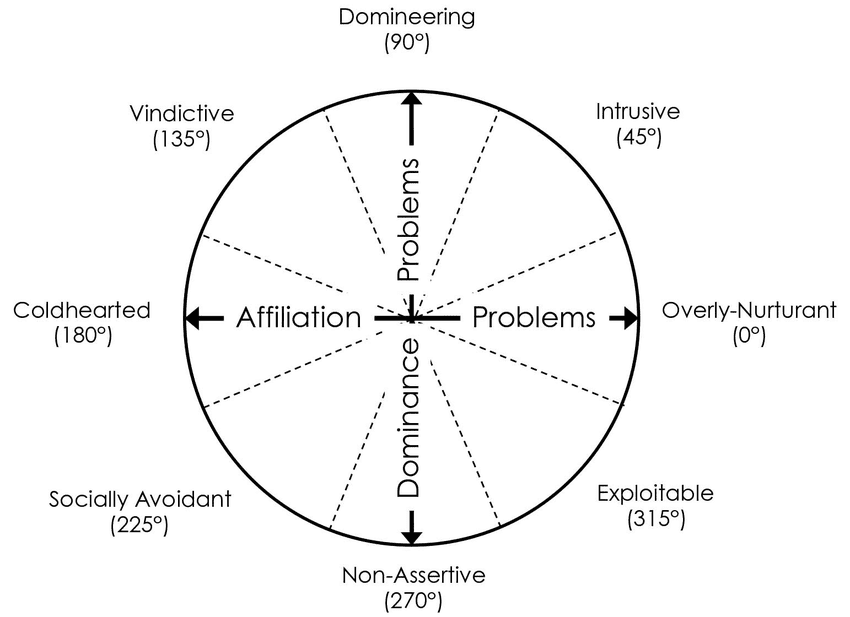Ego and leadership are often closely intertwined. For instance, professional success and powerful positions not only reinforce the ego, but individuals with a stronger ego may also be more driven to seek out such roles. Therefore, ego and leadership can become mutually reinforcing. This article aims to explore how and why this dynamic can become problematic, how to counteract its negative effects, and how a strong ego can influence both personality and leadership style.
The Challenges of Ego
A particularly strong ego can create numerous challenges. It can isolate us, causing a disconnect from colleagues, company culture, and customers. It may also lead us to overlook crucial information needed for sound decision-making. Furthermore, if unchecked, an overinflated ego driven by a thirst for power and influence can make us more predictable and susceptible to manipulation.
A large ego also impacts our behavior beyond direct leadership responsibilities. It can make us more rude, self-centered, and dismissive of others’ criticism or opinions. This can hinder our ability to learn from mistakes, build and maintain valuable relationships, and collaborate effectively. Over time, this can lead to a strong confirmation bias, where we only acknowledge information that aligns with our own views or preferences. For a leader, this can quickly become a significant issue.
The Interpersonal Behavior Model
To gain a deeper understanding of what a strongly developed ego truly entails and how to manage it effectively, it’s helpful to examine the interpersonal circumplex. This model, developed by psychologists Leary and Wiggins, is designed to describe different interpersonal behavioral styles—essentially, the way people behave in social interactions.
This circular model is based on two axes: social dominance and emotional affiliation. These can be simplified as ego tendencies (Y-axis) and prosocial, altruistic, and cooperative behaviors (X-axis). With these two dimensions, eight distinct interpersonal behavioral styles can be described (Wiggins, 1988).
As shown here, a strongly developed ego does not always result in negative behavior. When combined with stronger prosocial and altruistic tendencies, it can be perceived as sociable and extroverted, or even warm-hearted and agreeable, especially if the ego tendencies are somewhat moderated. However, if the prosocial tendencies diminish, the behavior can shift toward arrogance, calculation, or even cold-heartedness.

The Leadership Behavior Model
Based on the interpersonal circumplex, a Leadership Circumplex can also be developed to describe eight different leadership styles using similar dimensions (Redeker, 2014). A similar pattern emerges here as well. More dominant leaders display leadership styles that are typically viewed as more desirable, such as inspirational or coaching styles, when combined with stronger prosocial or altruistic tendencies. However, when these prosocial, altruistic, or cooperative traits diminish, leadership styles tend to shift towards more negative forms, potentially leading to directive or even authoritarian leadership.
So, how can we manage the ego?
First and foremost, the two circumplex models serve as valuable tools for self-reflection and classification, helping to maintain a balance between ego tendencies and prosocial behaviors. For individuals with a strong ego, this means they can either work on reducing their ego tendencies or increasing their prosocial tendencies to create a more balanced approach.
There are various methods to reduce one’s ego or strengthen compassion and other prosocial behaviors. For instance, changing perspectives, actively seeking feedback, or practicing gratitude can help manage the ego effectively. To enhance prosocial tendencies, individuals can practice compassion, empathy, and active listening. These practices can foster a greater connection with others and promote a more balanced approach to leadership and interpersonal relationships.
You can also discuss your relationship with your ego, as well as your prosocial and altruistic tendencies, with your coach. Together, you can explore which leadership style aligns with you, how to authentically embody it, and what role your ego plays in it. Additionally, you can assess how much of your ego is beneficial for you, your work, and your colleagues, and determine how to strike the right balance.